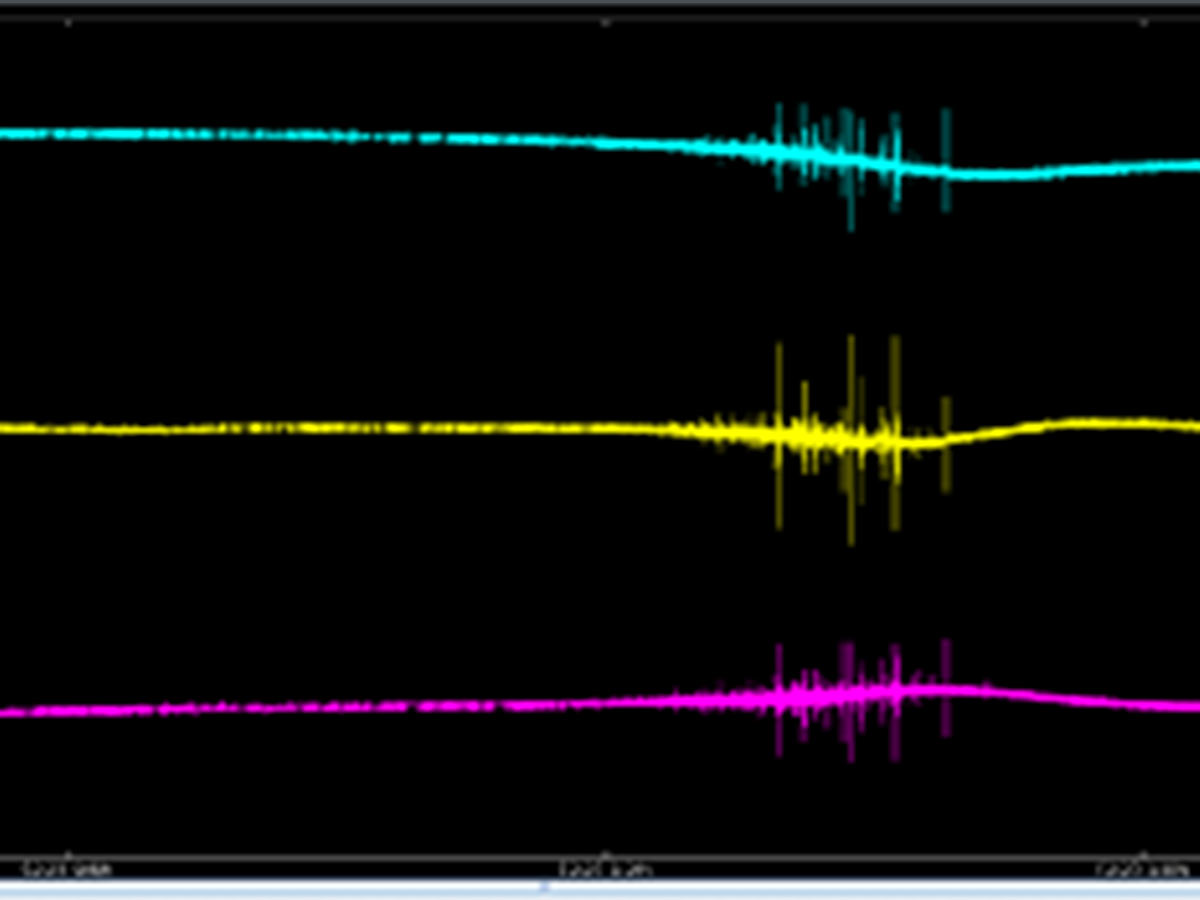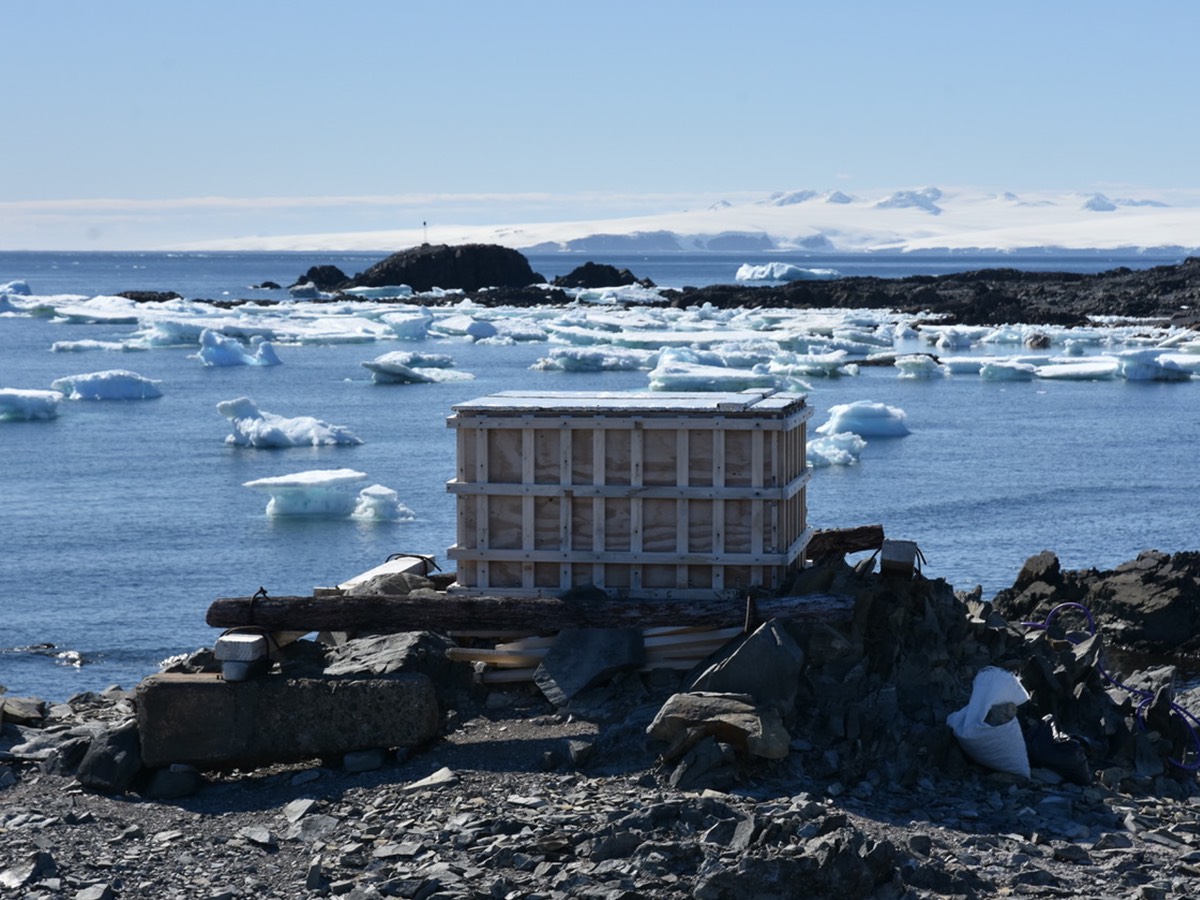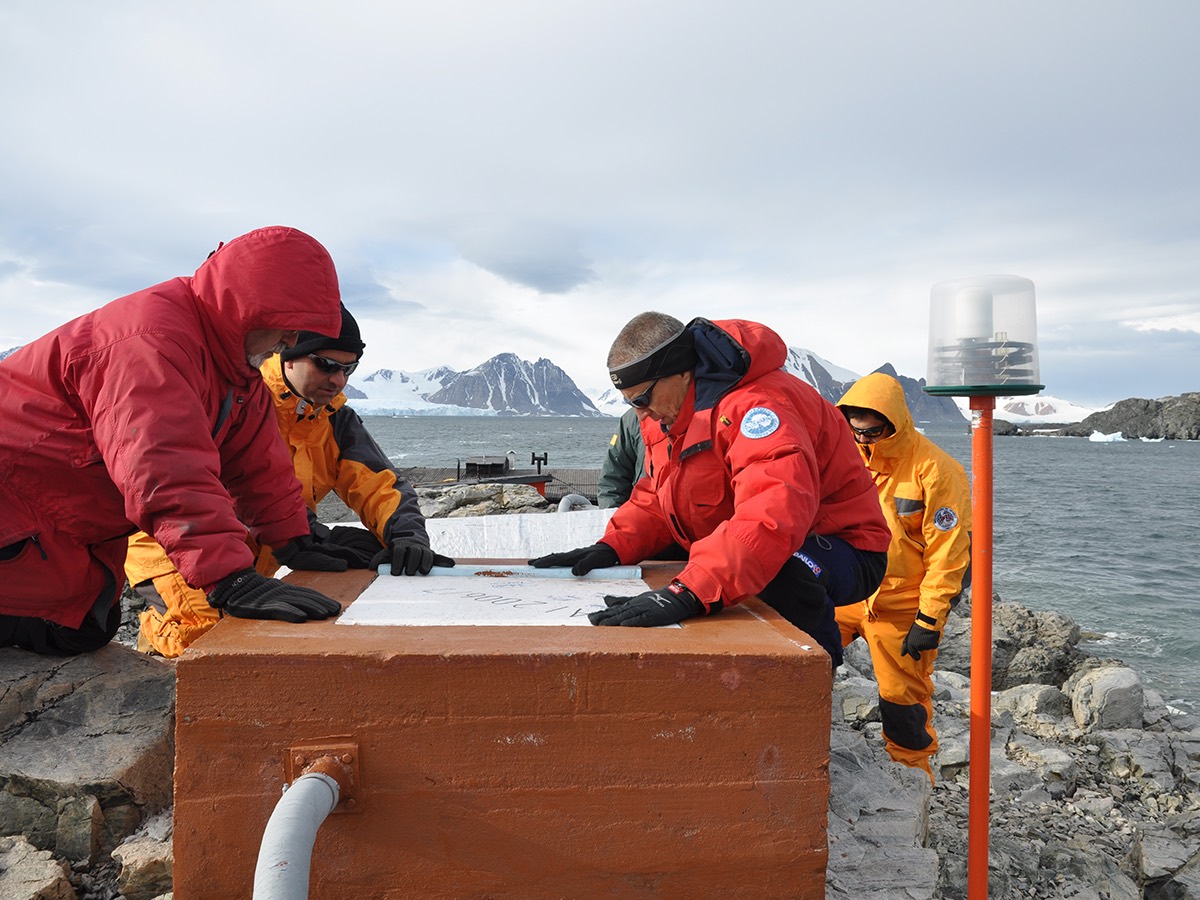
Antarctica: the detachment of the Brunt iceberg was recorded by Italian-Argentine seismographs
On Sunday, a huge iceberg of 1550 km², almost the size of the city of London, broke away from the Brunt Ice Shelf in Antarctica. The event was also measured by instruments at the BELA station of the Antarctic Seismographic Argentinean Italian Network ASAIN) of the National Antarctic Research Program (PNRA), managed by the National Institute of Oceanography and Experimental Geophysics -OGS in collaboration with the Direccion Nacional del Antartico (DNA)/Argentine Antarctic Institute (IAA).
The seismic signals triggered by the Brunt platform rupture, which occurred about 400 kilometers from the BELA station, were recorded from 12 UTC and lasted until 16 UTC.
The network is a PNRA observatory operating in Antarctica since 1995 and consists of 7 broadband stations connected in real time via satellite to the OGS and the IAA and relaying data in real time to the main infrastructures: IRIS ( Incorporated Research Institutions for Seismology), ORFEUS (Observatories and Research Facilities for European Seismology) and GEOFON (GEOFOrschungsNetz).
The network is a fundamental tool for studies of regional seismicity and active seismic sources in the area, as well as for research on the lithospheric structure of the Scotia Sea. It also enhances the acquisition capabilities of global seismic networks.
The proximity of the seismic stations to the Antarctic continent and their continuous long-term operation make them a privileged observatory for cryo-earthquakes, i.e., seismicity due to fractures in the ice along the Antarctic Peninsula.
The image shows the January 22, 2023 record of the seismographic station BELA (Lat. -77.8750, Long. -34.6269) operated at Belgrano base II in the Weddel Sea, highlighting the three components of motion: vertical, north-south, and east-west.


